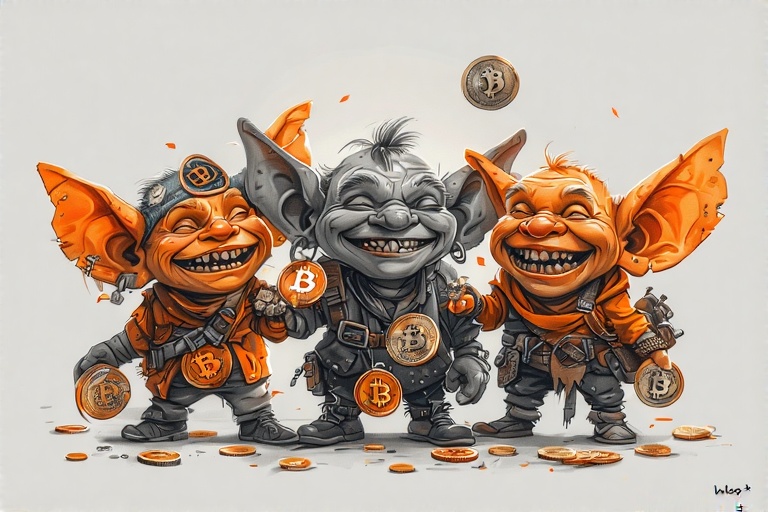Over the past month, NEAR Protocol’s native token has slipped by roughly 20%, underperforming many of its Layer-1 peers. While crypto markets often rise and fall in unison, several NEAR-specific factors have amplified its decline. This article examines the market forces, tokenomics, ecosystem dynamics, and competitive pressures behind NEAR’s recent underperformance.
1. Macro Headwinds and Crypto Correlation
No blockchain token exists in isolation. A resurgence of risk-off sentiment in digital assets—driven by rising bond yields, regulatory scrutiny in the United States, and slower institutional inflows—has weighed heavily on altcoins. NEAR’s price has closely tracked Bitcoin and Ethereum pullbacks, but its underwhelming recovery reflects more than just broader market fatigue.
2. Token Unlocks and Selling Pressure
NEAR’s circulating supply has swelled as scheduled unlocks for early investors, the Foundation treasury, and developer grants kicked in. In April 2025 alone, roughly 10 million NEAR tokens became eligible for trading, creating a temporary supply overhang. Many grant recipients have opted to sell into rallies to fund operations, exacerbating short-term downward pressure.
3. TVL Stagnation and Developer Momentum
Total value locked (TVL) on NEAR contracts, a key indicator of on-chain activity, has plateaued near $500 million after steady growth last year. Although NEAR’s sharding upgrade reduced gas fees, new decentralized applications have failed to capture sustained user attention. High-yield DeFi aggregators and NFT marketplaces have drifted toward EVM-compatible chains with larger communities, leaving NEAR’s own DeFi scene looking thin.
4. EVM Bridge Friction
The Aurora EVM layer aimed to bring Ethereum developers into NEAR’s ecosystem. However, on-ramps remain cumbersome, and cross-chain bridges have experienced intermittent slowdowns. Developers report liquidity fragmentation and a lack of one-click deployment tools, issues that have nudged projects to launch on competing platforms rather than bet on NEAR’s native runtime.
5. Rising Competition from New L1s
2025 saw the emergence of new Layer-1 challengers offering faster finality or novel consensus mechanisms. Networks like Sui and Celestia have captured mindshare with aggressive hackathons and treasury incentives, diverting grant funding away from NEAR. In a crowded field, NEAR’s value proposition has been harder to articulate, diminishing its appeal to both builders and token investors.
6. Regulatory Uncertainty
As regulators in key markets weigh classification of staking rewards and token sales, NEAR Foundation has paused some grant payouts until legal clarity emerges. This hiatus, while prudent, created uncertainty for developer teams awaiting funding, slowing deployments and dampening on-chain activity—factors that traders translated into bearish sentiment.
7. What Comes Next?
NEAR Protocol’s recent slump reflects a mix of general market weakness and chain-specific headwinds: fresh token unlocks, modest TVL growth, bridge frictions, and stiff competition. For a sustainable recovery, near-term catalysts could include:
- A marketing push around NEAR’s next core upgrade, scheduled for mid-2025
- Partnerships that bring high-volume gaming or social apps onto NEAR’s sharded network
- Enhanced bridge tooling and one-click deployments for Aurora EVM
- Clear legal guidance on staking and grant distributions
Until these factors play out, NEAR is likely to trade under the shadow of its recent unlocks and relative inactivity. That said, the protocol’s fundamental strengths—scalable sharding, low fees, and a committed developer fund—mean that a rebound remains possible once the current headwinds abate.







Add a Comment